Picture this: it was the 1970s, and Nissan was selling inexpensive cars by boatload. These models were low horsepower, gas-sipping subcompact and compact cars that were meant to fill the motoring needs of the world during a time when the price of oil quadrupled. These were sensible cars, but of course, being practical can be a bit boring.
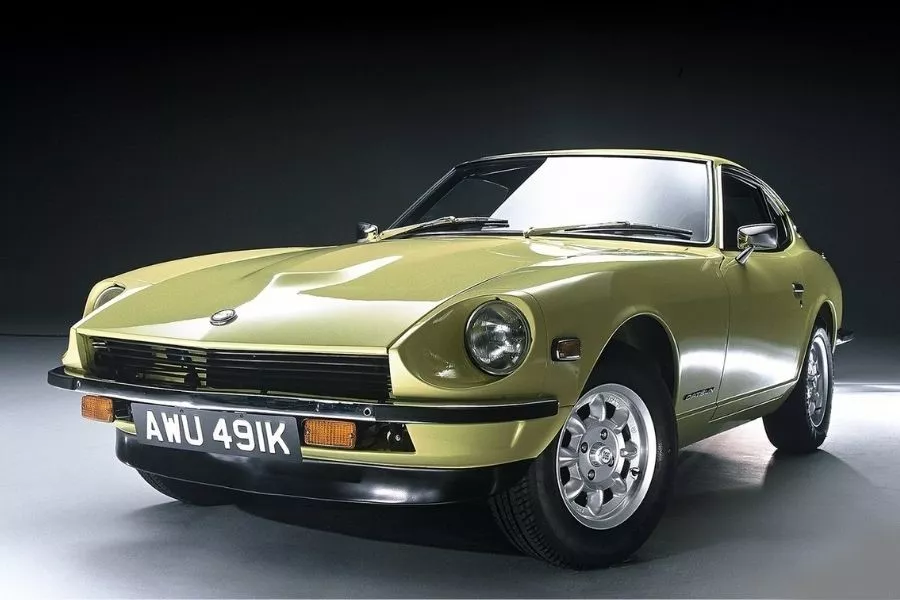
Ladies and gents, the Nissan 240Z (Fairlady Z)
Nissan suddenly burst into the scene with a powerful, and a very sharp-looking car that didn’t break the bank. A car that managed to beat out the fancy imports from Europe, and the American models that were choked by the emission’s regulations of the malaise era. What we’re talking about, is of course the Nissan 240Z – a car that showed the world what Nissan was capable of.
Before the Z
Now the Z-series isn’t actually Nissan’s first foray into sports cars. In fact, the Japanese carmaker released the Sports 1000 roadster back in 1959. Later models followed until the 1970s, with minimal increases in engine displacement and horsepower as they were updated.
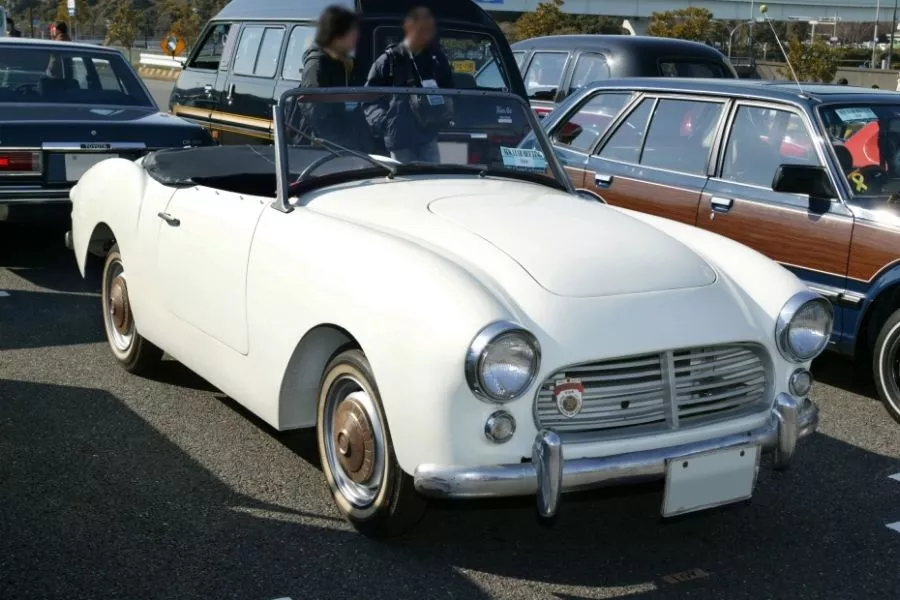
Before the 240Z, Nissan made cars like this, the Sports 1000
These cars were mostly “Euro-inspired” and so bore many design elements found on two-seat sports cars like the MGB-GT, MG Midget, AC Ace, Austin-Healey 100M, etc. These are “old world sports cars” with classical oriented styling, and were powered by small displacement, low-horsepower engines. One can say that they were hardly titillating, were rather slow, and were pricey.
American sports cars at that time also had their issues. The muscle car era is about to end, and the malaise era was about to start. By 1973, many models that were commonly associated with performance had become expensive hunks of metal with tiny engines. Case in point is the Mustang II, which only made 87 horsepower at most.
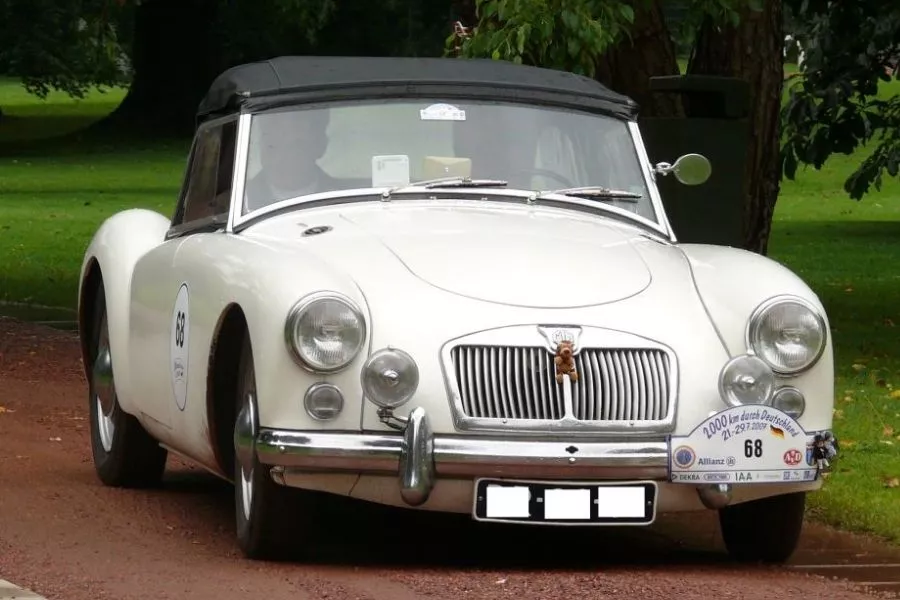
By "classical" Euro sports cars we're talking about cars like this MGA
Meanwhile in Japan, Nissan was wanting to compete against the popular European sports cars that we’ve mentioned earlier. It was also seeking to go beyond the public perception that Nissan cars were mostly econoboxes. In order for the company to do just that, Nissan’s Sports Car Styling Studio head honcho Yoshihiko Matsuo started working on a new car, which was directly inspired by the Jaguar E-Type that was released back in 1961.
The 240Z
In 1969, Nissan released a long-hooded two-door, two-seater coupe called the 240Z, or Fairlady Z in its home country of Japan. Looks-wise, it was a departure from the “classical” Euro-style sports car. Its corners featured sharp edges, and it's definitely more practical due to its larger hatch.
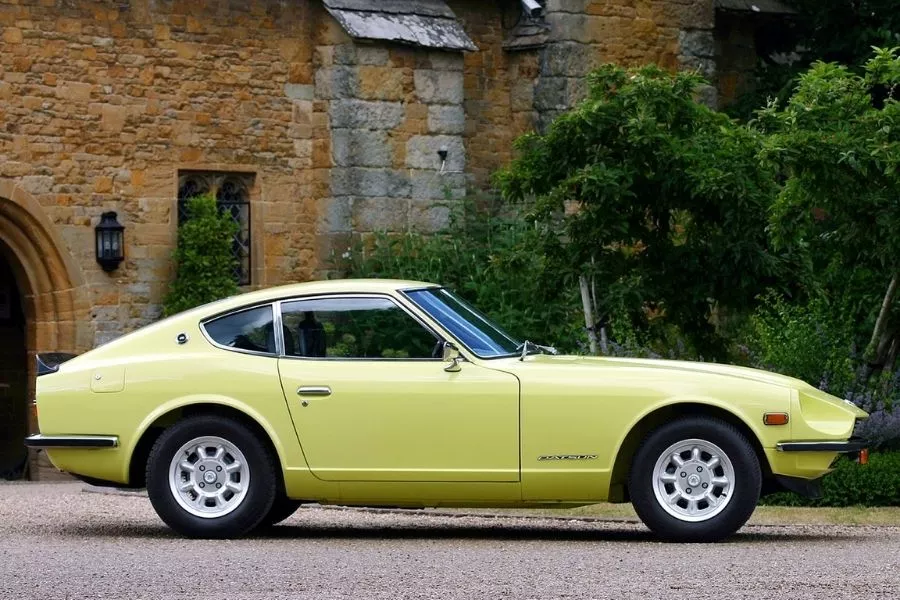
The 240Z is a stunning car from any angle
Apart from its tantalizing exterior design, the most impressive thing about the car is the now legendary L24 inline-6 2.4-liter engine that powered the car. In stock form, this engine made 151 horsepower and 198 Nm of torque. It was then paired with a four-speed manual transmission, or a three-speed automatic transmission.
In comparison, the MGB-GT sports car, which was popular in the US at that time, only made around 94 horsepower. Moreover, most of the aforementioned cars made by European brands were made in limited quantities, and sold in smaller dealer networks.
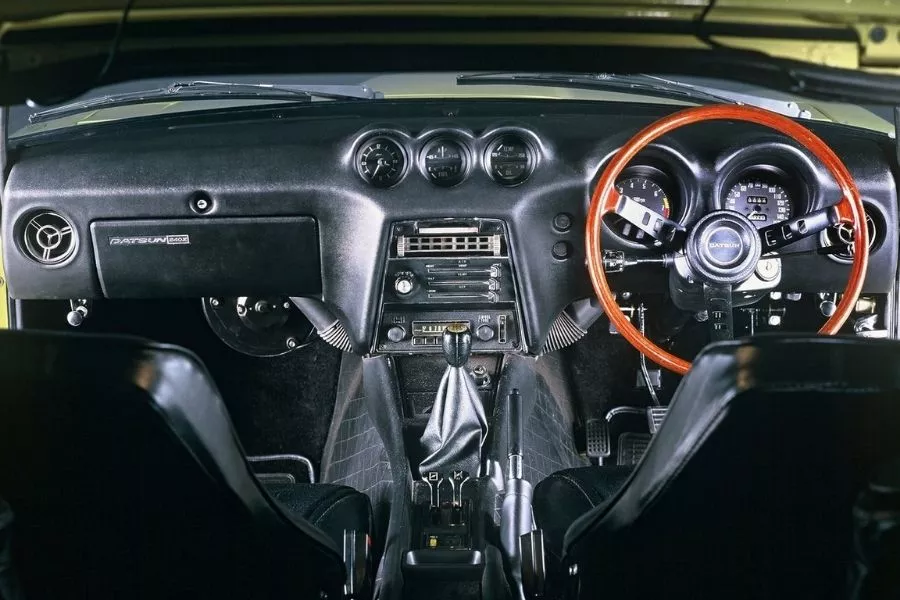
Inside the Nissan/Datsun 240Z
Nissan in comparison had a far larger dealer network, which of course meant more accessibility to spare parts, and to the 240Z model itself. There was also the fact that “exotic” imports from Europe were typically more expensive to acquire and maintain.
In relation to the malaise era (1973 to 1983) American cars, those underpowered models simply could not compete with the more powerful, but also more affordable 240Z. To put this into perspective, Nissan managed to sell 33,684 units when it entered the US market in 1971 under Nissan's subsidiary: Datsun. So even before the 1973 oil crisis began, the 240Z was already doing quite well. By 1973, the company sold an additional 46,282 Z-cars in the same region.
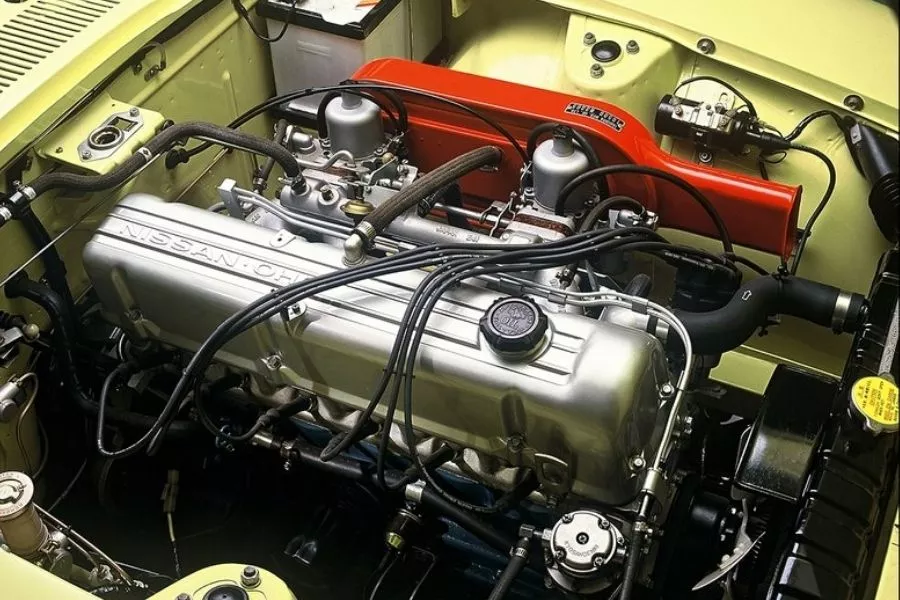
The 240Z's L24 inline-6 engine
By being a smash hit, the car in question captured the hearts and minds of car enthusiasts the world over. It also helped that the 240Z became the choice of car for many racers. It even helped John Morton to claim victory in the Sports Car Club of America C-Production national championships for 1970 and 1971. Imagine that, a Japanese sports car winning a race with a name bearing the word “America.”
On the more domestic side, the 240Z also became a common sight on Japanese roads. Sure, it was popular among consumers, but the Tokyo Municipal Police Department also used several Fairlady Zs (240Z) as their pursuit vehicles.

The Devil Z racing against the Porsche 911 Turbo "Blackbird" [Photo: Wangan Midnight 2007]
Later on in 1992, it also cemented its mark in pop culture by being the star of the hit manga and Anime series called Wangan Midnight. The said manga and animation series tells the tale of a young street racer who frequents, and eventually dominates the Tokyo Bayshore Route with his notorious 620 horsepower Nissan Fairlady Z (S30Z) nicknamed, the “Devil Z.”
The future
As a roaring success, Nissan went on to build more models under the Z-car moniker. The 280ZX succeeded the 240Z back in 1978, followed by the 300ZX in 1984. After that came the 300ZX which was sold from 1983 to 2000. Earlier in 1999 however, Nissan also released the 350Z, then eventually the 370Z in 2008.
Of note, the Nissan 370Z is sold globally and is currently available in the Philippine market. It is also the sixth-generation Z-car. Under the “Nissan Next” global plan, the marque is currently developing the upcoming seventh-gen version. It's called the 400Z, and it will be debuting in August 2021.
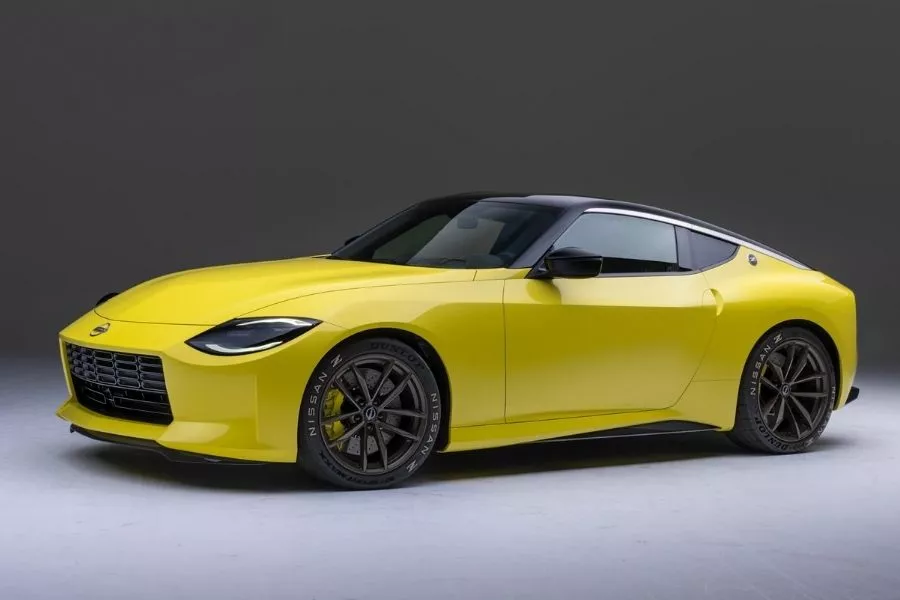
The next Z-Car is coming, and a lot of people are excited
Back to the first-generation 240Z, many lucky Filipinos have managed to get their hands on one throughout the years. Most of these are lovingly restored, and sometimes will make an appearance on local car shows or on the road. Show car or otherwise, we admire these guys for continuing to wave the Z-Car flag.
For more nostalgic articles like this, keep it here on Philkotse.com.
Recent posts
- Next-gen Nissan Z car leaked Jul 12, 2021
- Z Proto design almost final Sep 18, 2020
- nissan z proto global launch Sep 16, 2020
- Nissan Z Proto Sep 11, 2020
















